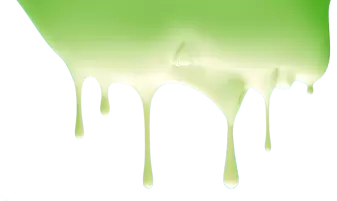Ghost lights, also known as spook lights, earth lights and will-o'-the-wisps, are luminous balls of light seen moving about in nature. Primarily seen outdoors, sightings of ghost lights have been reported all over our world (United States, Mexico, Norway, Australia, for example) and are likely caused, many cases, by natural, explainable occurrences. Ghost lights are not the typical orbs people photograph with cameras. When photographed, they are usually sighted at a greater distance from the viewer because of being outside.
 We might also mention that the ghost light phenomenon should not be confused with the "ghost light" of stage legend (in theater, a ghost light is a stage light purposely left on for ghosts to perform their plays after the theater is empty). Due to being rare and difficult to track down to their source, ghost lights remain mysterious and problematic to explain. They have only recently been scientifically recognized as existing - in the late 1970s to be more exact.
We might also mention that the ghost light phenomenon should not be confused with the "ghost light" of stage legend (in theater, a ghost light is a stage light purposely left on for ghosts to perform their plays after the theater is empty). Due to being rare and difficult to track down to their source, ghost lights remain mysterious and problematic to explain. They have only recently been scientifically recognized as existing - in the late 1970s to be more exact.
A ghost light can be witnessed in various colors, shapes and sizes and are almost always seen at night. Often, many a ghost light is described as being orange in hue. Some locations seem to be able to produce ghost light phenomenon more than others, and this has allowed for their study in recent decades. It has also pointed investigators to look toward what makes such environments unique and able to produce the. Legends exist around the globe that ghost lights are the spirits of the departed, while others describe them as UFOs due to their ability to move. Ghost lights, by the way, have been reported moving at various speeds, from barely moving to being extremely quick.
 Alhough there are many theories surrounding ghost lights, it is likely there are several explanations. Some ghost lights, such as Will-o'-the-wisps seen over bogs, act more like fireballs which are likely phosphene or methane gas emissions visible at night. Other types of ghost lights, especially those that are luminous, are electrical discharges visible as glowing balls of plasma.
Alhough there are many theories surrounding ghost lights, it is likely there are several explanations. Some ghost lights, such as Will-o'-the-wisps seen over bogs, act more like fireballs which are likely phosphene or methane gas emissions visible at night. Other types of ghost lights, especially those that are luminous, are electrical discharges visible as glowing balls of plasma.
Joshua P. Warren of LEMUR was able to reproduce the effect of ghost lights within a laboratory after investigating the Brown Mountain Lights. He found that electrical charges were created during rainstorms, as the water ran down quartz and magnetite stone that formed the mountain. The electrical charges build up and then release as visible clouds of free electrons...ghost lights! Also see: Ball Lightning & Ghosts.
Another explanation for a major portion of ghost light sightings could be refracted light made visible by temperature inversions. This idea was also demonstrated in a lab by Professor Jack Pettigrew of the University of Queensland in 2003. He proved that some ghost lights are simply a mirage, a trick of light and temperature.
(Image - Photograph of a ghost light from the 1950's.)

